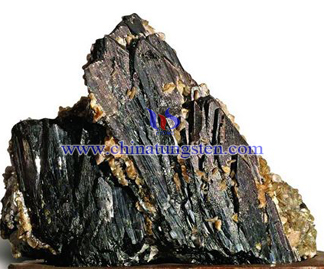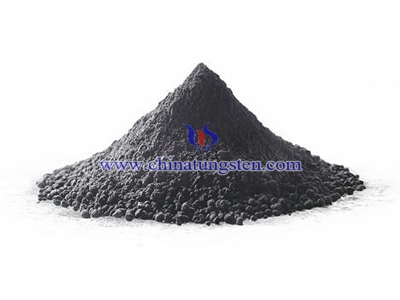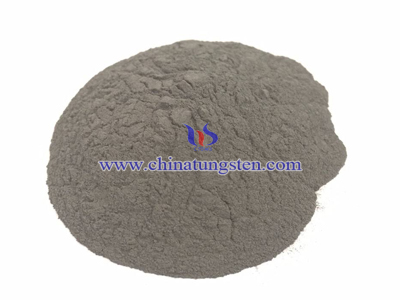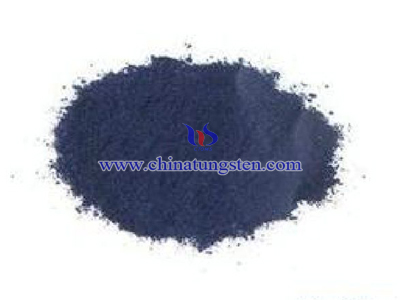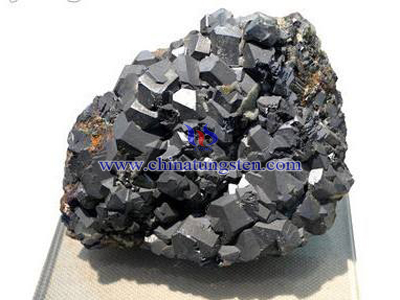Tungsten Ore
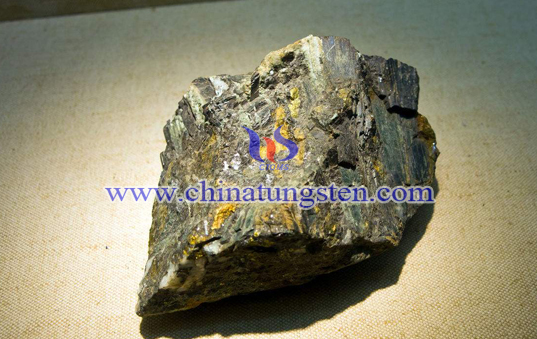
And there are 10 types of tungsten ore deposits in South China: granite, porphyry, volcanic, pegmatite, skarn, greisen, wolframite-quartz ± microcline veins, stratabound, ferberite-quartz veins and placer. Most are chronologically related to Yenshanian granites. Integrated field, mineralogic, fluid inclusion and geochemical studies were undertaken to determine the characteristics and origin of the ores.
Most of the tungsten ore deposits are also spatially related to Yenshanian granites. These granites include several intrusions, isotopically dated at 160–180 m. y. and 70–100 m. y. The concentration of trace elements, especially W Mo, Sn, Ta, Nb, Li, and F are relatively high in the granites. In the granites of South China, the average WO3 is 4.35 ppm, but in Yenshanian granites, which are the youngest of these, the average WO3 is 5.16 ppm. In the youngest of Yenshanian granites, a light mica-albite granite has been identified, whose average WO3 is as high as 242.3 ppm. From this line of evidence, the tungsten ore deposits in South China are considered to be genetically related to Yenshanian granites.
Wolframite-sulfide-quartz veins and scheelite skarns provide the bulk of the reserves and production. There are many different kinds of alteration associated with the different tungsten ore deposits, but the principal ones are silicification, greisenization, potash-feldspathization and chloritization.
Four types of fluid tungsten ores inclusions were found:
Most common are type I inclusions. Type IV fluid inclusions only appeared in the porphyry and skarns. In skarns, type IV inclusions are evidently confined to the early stage, i.e., the simple silicate stage, but in the later scheelite mineralization stage, only types I and III inclusions occurred. Types II and III were found in the wolframite-quartz-sulfide veins, especially at the top of the veins.
Homogenization temperature and salinity were determined on the inclusions, and the pressure of formation was estimated from the inclusions. The homogenization temperatures of some of these types of tungsten ore deposits are as follows: porphyry, 386°C; greisen, 244–301°C; granite, 220°C; wolframite-sulfide-quartz veins, 240–310°C; wolframite-microcline-quartz veins, 267–325°C; stratabound, 219°C; and ferberite-quartz veins. 142°C. The salinity of fluid inclusions in the wolframite-sulfide-quartz veins type was only 5–10% equiv. NaCl. The pressures of formation, determined from the tomperature of homogenization, volume and density of phases in H2O-CO2 inclusions, from veins in three different wolframite-sulfide-quartz deposits, were 450, 550, and 750 atm., respectively. Most of the tungsten ore deposits were formed between 220°C and 390°C, with the porphyry highest and the ferberite-quartz veins type lowest. In the wolframite sulfide-quartz veins, four stages can be recognized: oxide-silicate; wolframitequartz-beryl; wolframite-quartz-sulfide; and carbonate. Throughout this sequence, the salinity and temperature decrease, e. g., from 293°C to 129°C.
Tungsten ore is concluded that these particular tungsten deposits were formed from a dilute water solution at moderate to high temperatures and at moderate pressures.

